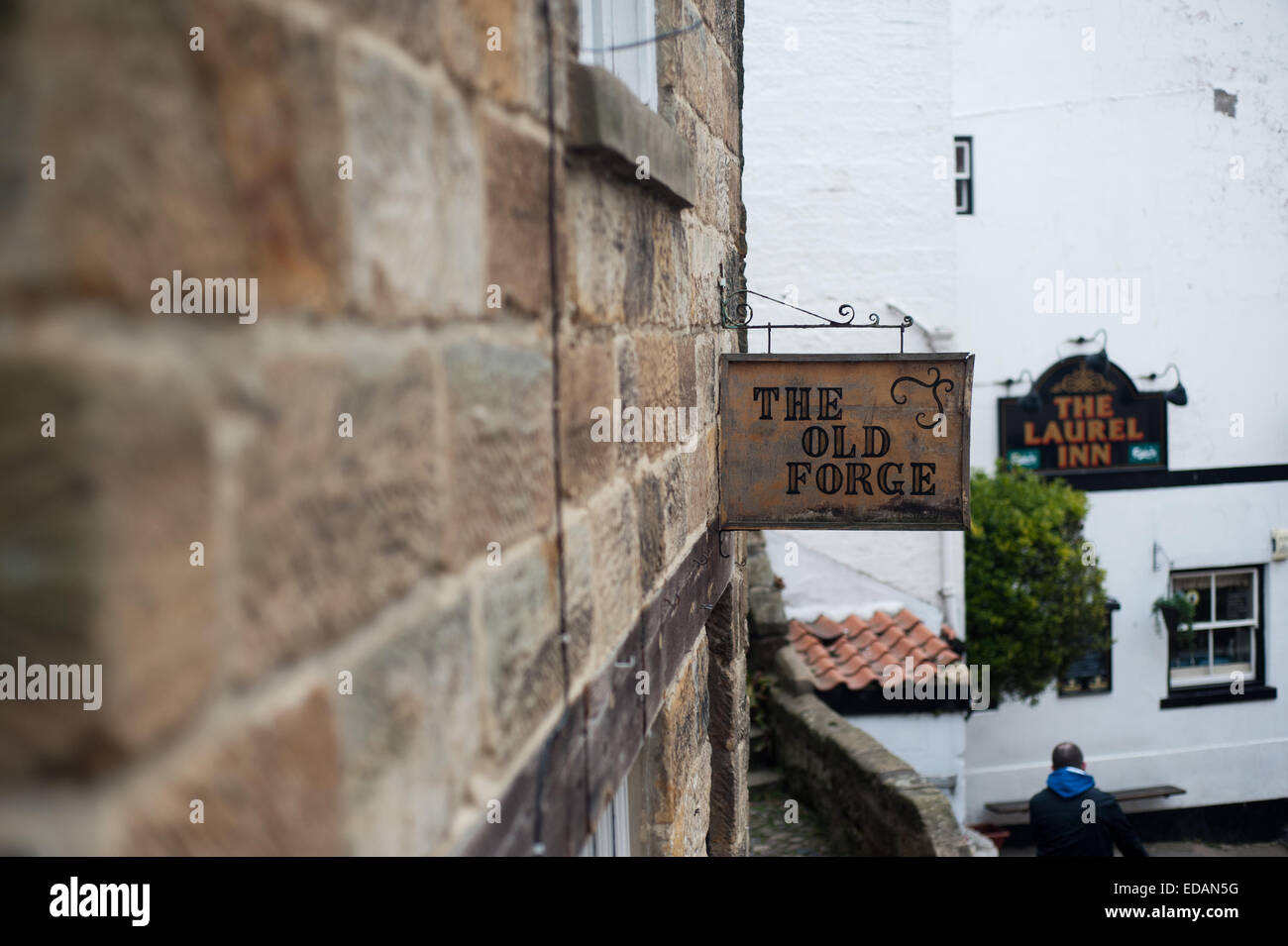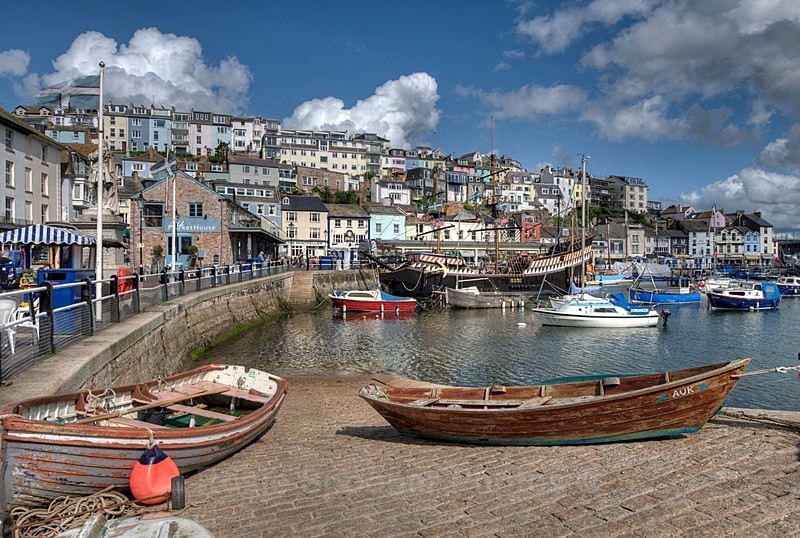


Today the only surviving elements of slipways number 2 and 3 are the two concrete ramps at the landward end of the former slipways, and the railway tracks embedded into the concrete base. For many years the open space of the slipways was used as a car park, but following the opening of the Titanic Belfast visitor attraction the slipways were landscaped. The gantry was finally torn down in the 1960s. The gantry and slipways were used continuously for many decades constructing the three vessels of the Olympic class (Olympic, Titanic and Britannic) and the last White Star liners Britannic and Georgic, which were built on slipways number 2 and 3 respectively. The weight of the entire structure and equipment is upward of 6,000 tons". Shipbuilder reported that the "total height of the structure from the ground at slip level to the top of the upper crane is no less than 228 feet. The gantry was spanned by multiple cranes, with the central crane capable of lifting a maximum of five tons. The area covered exceeds 840 feet long by 270 feet wide." The towers at their base are about 21 feet by 9 feet and are fixed in solid concrete resting upon 40 feet piles. each row containing eleven towers spaced 80 feet centre to centre. The Shipbuilder periodical described the gantry as consisting of "three rows of towers spaced 121 feet between the rows. Built over a reinforced steel base, supported by piles driven deep into the ground, the slipways were spanned by a giant steel gantry built by the Glasgow firm of Sir William Arrol & Company. The slipways were built specifically to allow the construction of the new liners, but such was their size the new slipways occupied the space previously taken by three slipways at the yard. The Olympic class liners were built on two massive slipways, numbered 2 and 3, at the Harland and Wolff shipyard in Belfast.


 0 kommentar(er)
0 kommentar(er)
